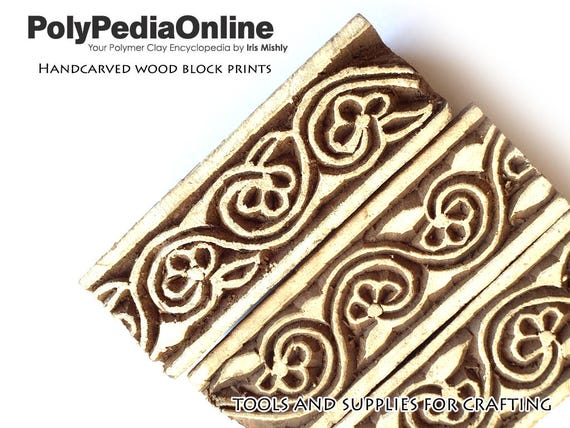
Then drag a Box(under Geometric tab) onto the workplane.

I settled on these dimensions after testing. In Tinkercad we are going to import our vector design, give it a thickness of 2mm, then put it on a plate of 0.5mm. Amazon links are however switched to Amazon Smile which donates a portion of the proceeds to a charity of your choice. Note: none of the product links are affiliates. I purchased the brayer, ink, and paper from my local art supply store. You can use a free alternative, Inkscape, but my instructions will be for Illustrator.
BLOCKBLOCK PRINTING SOFTWARE
Slicer Software for your 3D printer - I used Makerware, but the settings also apply to other slicers such as Slic3r and Simplif圓D and Cura.
BLOCKBLOCK PRINTING DOWNLOAD
You can also simply download my collection of pre-made plates and skip to the 3D-Printing step.
BLOCKBLOCK PRINTING PRO
If you're a pro 3D modeller you can use anything that can generate a surface from a vector then a thickness. Tinkercad is super easy to learn and free but you do need to sign up for an account. TinkerCad - for 3D Modelling of custom design.I'd like to eventually block print on tote bags, napkins, pillow covers, pencil cases, skirts, and couch throws.

I designed all the plates to perfectly line up with 5 by 7 prints but you can easily use larger paper. They're absorbent, heavy weight, and pleasantly textured. But specialty printmaking or watercolor paper is ideal. Paper - I mostly use construction paper and cardstock.Block printing ink - Speedball's water based relief ink for paper, and their oil based fabric ink for fabrics.PLA filament - I chose PLA since it's more rigid.Small Paintbrush - only required for fabric printing.Brayer- Mine is the speedball 2-inch wide soft rubber.

Any FDM printer works, no heated bed required.


 0 kommentar(er)
0 kommentar(er)
